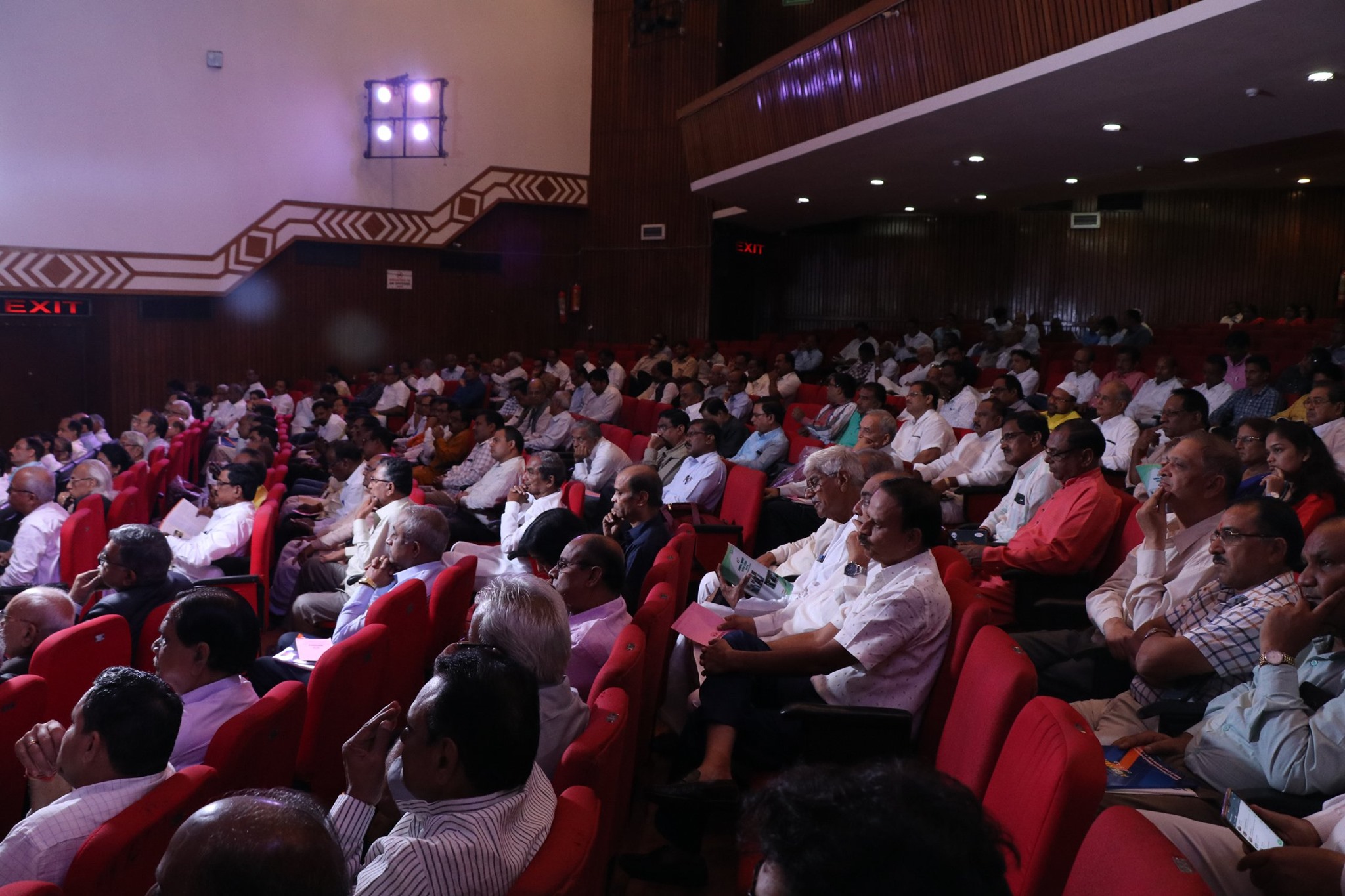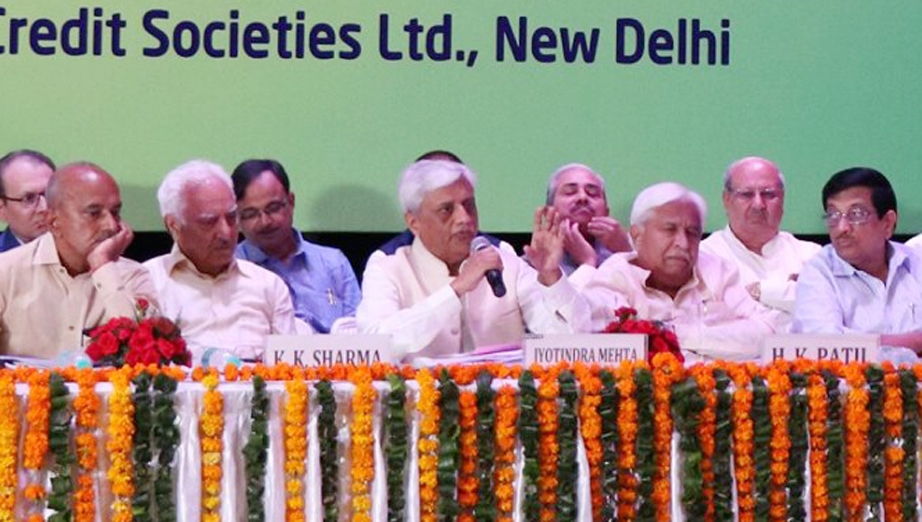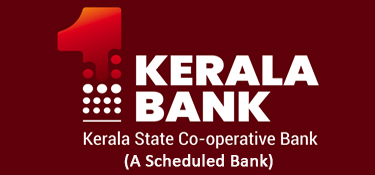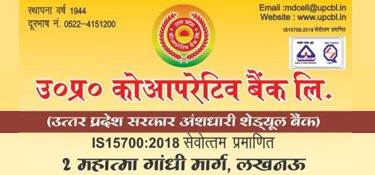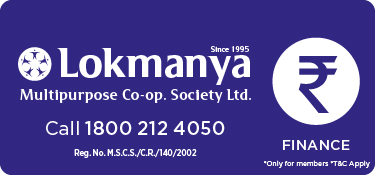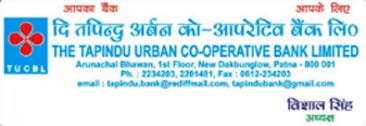NAFCUB President Jyotindra Mehta has sought revival package for PMC Bank and not its liquidation in order to save many co-op entities which have invested in the PMC.
Indian Cooperative had reported earlier how several smaller UCBs have been affected by the negative news about the PMC Bank. “Many smaller UCBs will have trouble, if their names are exposed as they would lose depositors trust in no time; It has a snowball effect”, say experts.
Mehta said Nafcub is working on the formula, contours of which would be shared with media once it is final. He admitted PMC Bank’s revival is a tough call given the huge loss suffered by the UCB.
The scale of PMC Bank is much larger than the Madhavpura Mercantile Bank, but the success of reviving the Madhavpura encourages us to try this formula once again, said Mehta.
While it was just Rs 350 crore loss in the case of Madhavpura, the scam in PMC bank is estimated to involve Rs 7000 crore initially. But there is a major difference between the two in the sense that almost all the UCBs of Gujarat had invested in Madhavpura and its collapse meant collapse of the urban co-op banking sector in the state, Mehta recalled.
The story of revival of Madhavpura also proves how Gujarat is different. Also, how deeply entrenched is cooperative movement in the state! Recounting the story Mehta said 3-4 persons led the campaign to revive the UCB, which included the current Home Minister Amit Shah besides Mehta himself.
The team talked to each and every UCB of the state and convinced them to contribute to the revival package, which amounted to basically reviving themselves. “Can you imagine the UCBs of the state contributed Rs 350 crore and Madhavpura was revived! Gujarat proved to the world its commitment for the co-op model and is perhaps the only example of this kind in the country”, Mehta said with a touch of Gujarati pride.
RBI sources say PMC is the 24th cooperative bank the apex bank has taken under its control in a year. Up to 2018, March there were 98,163 cooperative banks in the country. Out of these, 96 612 were rural cooperative banks, and 1,551 urban cooperative banks.
There were only 54 schedule banks among 1551 urban cooperative banks and 1497 were non -schedule banks. PACs counting 95, 595 preponderate over other rural cooperative banks.